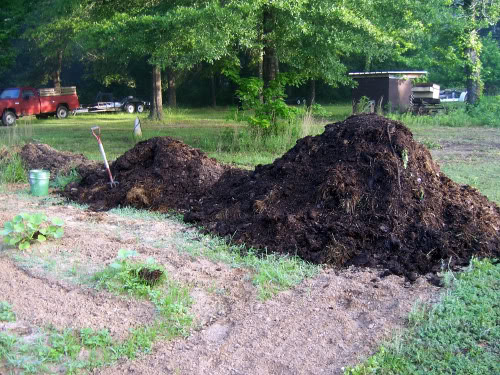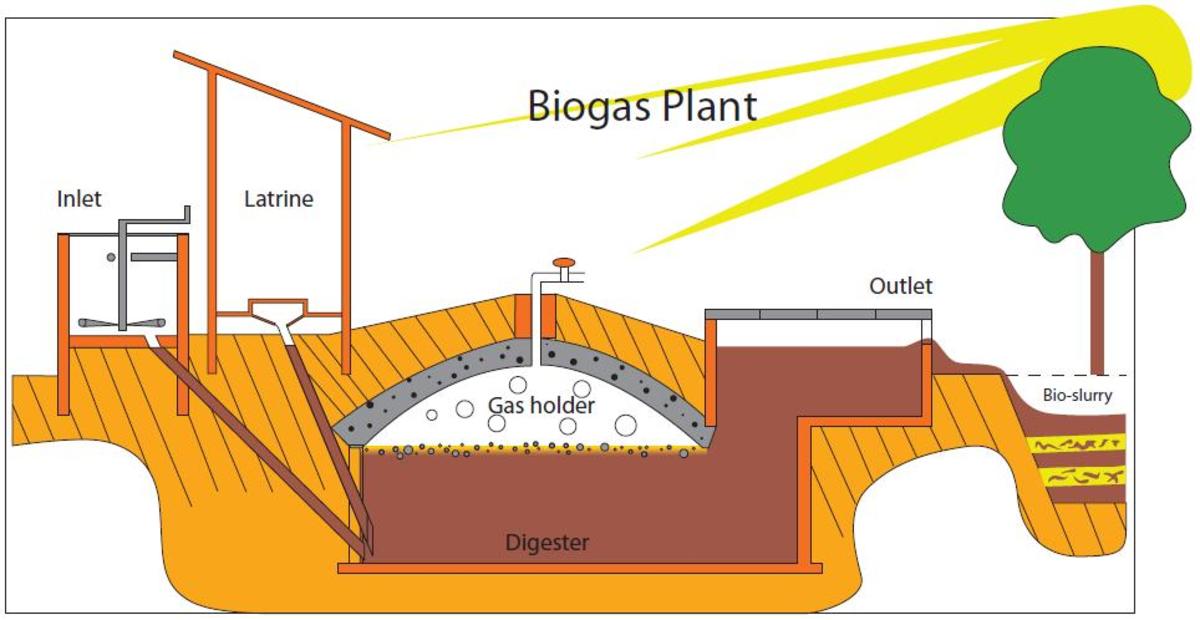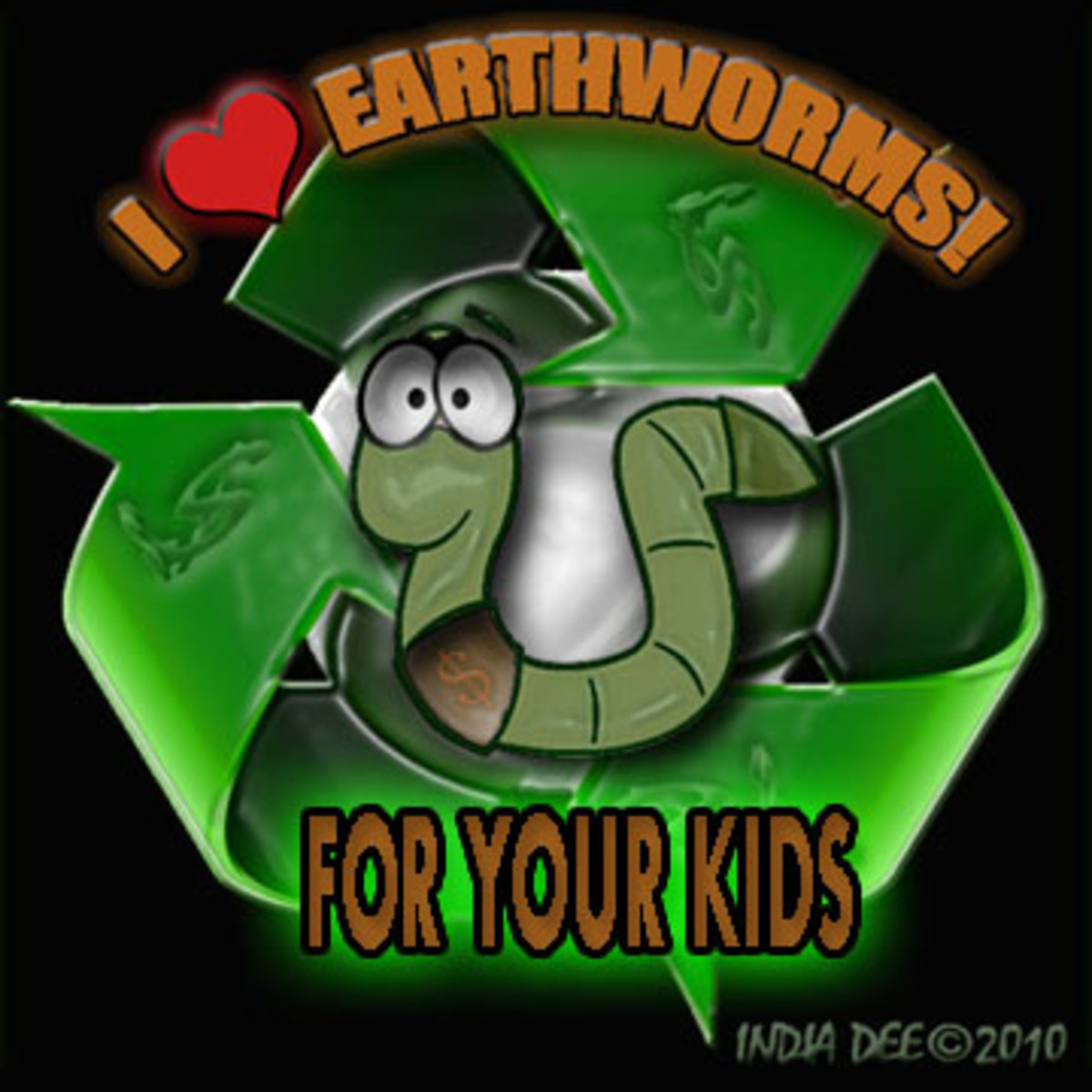Making Great Compost in your Backyard!

What goes in Compost?
The ingredients list for any recipe can make it a special dish, a family favorite, or a disaster! Compost is a lot like that, what you use to make it can decide how good your compost will be. It is important to understand the components of plant food and where to find them naturally, so you can incorporate them into your compost.
Nitrogen is first, and one of the main ingredients in your compost. Nitrogen can be found in green things such as grass clippings, but is also very abundant in manure. as well as urine among most any other plant material that is not dried out. If you use grass clippings, mix them in well or it won't compost, but will rot. (smell will give it away)
Phosphorus is the next thing it needs, and it can be found in banana peels, manure, crab shells, shrimp peelings, most grains and nuts. These can be added to your compost, but bury things like shrimp peelings deep as critters will go after them. In most well made compost phosphorus isn't much of an issue, as it will automatically have enough.
Potassium is last, but not least, as it makes fruits and vegetables bigger and better. Some natural sources are banana peels, and almost any other fruit or vegetable leftovers. These will also rot if not incorporated well, and may also attract unwanted visitors to your compost pile if not buried deep. Wood ashes are very high in potassium, also but need to be used sparingly as they are extremely alkaline and can severely affect soil acidity, ruining your soil.
Now we need to keep in mind most of the nutrients will come automatically to a well built compost pile, and diversity is the key. Four other things are required to "cook" your compost.
How to "cook" compost
The four basics of good compost cooking are as follows:
- Carbon. Carbon is found in all things, but for this discussion we mean carbon sources from dead and brown plant matter such as straw and dry leaves, chopped up. Don't chop things too fine, but enough to mix well.
- Nitrogen. Nitrogen is found in green living plant matter, manure and fruit and vegetable matter such as banana peels and watermelon or cantaloupe rinds (which also contain lots of potassium)
- Water. Keeping the pile moist but not soaked is the key, if it is too wet things will rot resulting in a bad odor and way too much nitrogen.
- Air. If the pile cannot breathe, that is the real cause of the rotting I keep talking about. Too much water, or things that block air circulation such as too many grass clippings or vegetable matter as well as infrequent turning of the pile cause it.
I have always done mine in a pile next to my garden, but there are some commercially available composting bins and barrels, and these instructions are still useful in them as well.
When beginning to build your pile, start with a nice layer of carbon matter, as some will become the ground before it is done. then some nitrogen and now a secret. There are those who tell you that you need to buy special bacteria and enzymes to make compost, guess what... they are already in your soil, so sprinkle on a little dirt in each layer, or don't if you use grass clippings or manure as they have lots on them already. I find rabbit manure to work best as it is pelletized and easy to use and high in all the nutrients you need. ( straw and rabbit manure makes a great compost with nothing else) Keep piling it up as high as you wish, watering well on every layer. You can stir it together as you go instead of layering, and that is also fine, but a bit more labor intensive than i prefer.
Now your pile is built, and looking nice and mountainlike, where do you go from here? This is where a lot of people lose out on truly great compost, because after a few days it will get very hot inside, and shrink fast. Once it begins to cool off inside, ( get a compost thermometer, below) it needs to be turned, or stirred up to add air and reintroduce more carbon and nitrogen to continue the cooking process. During the turning process is when you may want to incorporate fruit and veggie scraps you should be saving in a small bucket with a lid under your sink, as well as add some more water if necessary. Be careful about adding too much water, as it will leach nutrients or cause rotting to occur if you overdo it
After a while, the compost will begin to get done, and won't get as spectacularly hot inside or cook down as fast. ( it should get over 150 degrees f. at first. I've seen 185) The time has come to stop building that pile and begin a new one, but continue to stir it every couple weeks to prevent rotting or drying too much, adding a little water if necessary. You now will be in for a real treat using this fresh homade compost to grow your garden. Homade compost that has not been allowed to rot will never burn your plants, and you can plant in a pile of pure compost, which I recommend for squash and melons, actually. You will have some big vegetables that taste great and have more vitamins and minerals as well. For more gardening tips and other useful information, see below.



